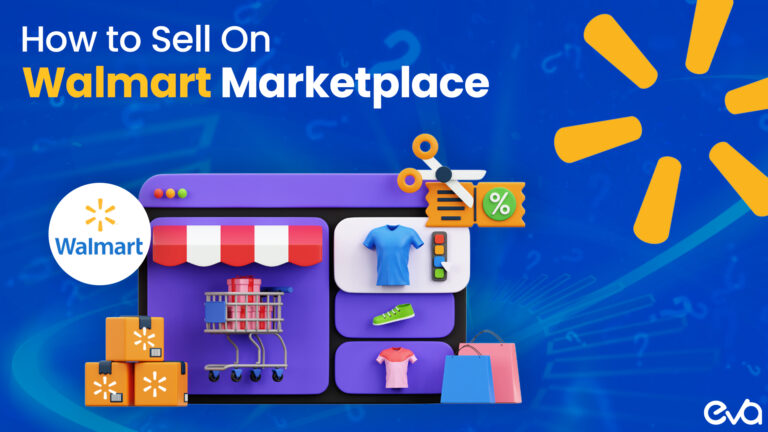Table of Contents
- Introduction
- Why Do You Need Amazon Inventory Management Software?
- Key Features of Amazon Inventory Management Software
- Additional Features to Consider in Inventory Management Software
- Top-rated inventory management software for Amazon sellers
- Benefits of using Inventory Management Software
- How to choose the right Inventory Management Software
- Best practices
- Case studies
- Integrating inventory management software with other Amazon tools and Services
- How Eva can Help?
- Conclusion
- FAQs
Introduction
As an Amazon seller, you will find the burden of effective inventory management overwhelming, often leading to operational hiccups and missed profit opportunities.
The ever-increasing competition and customer expectations only add to the challenge. However, with the introduction of Amazon inventory management software, you can now sigh in relief.
This comprehensive solution not only streamlines your business processes but also liberates you from the shackles of manual inventory management, enhancing efficiency and maximizing profitability.
Why Do You Need Amazon Inventory Management Software?
Inventory management is a complex and time-consuming process that involves tracking stock levels, forecasting demand, managing orders, and ensuring timely fulfillment.
Proper inventory management can help avoid challenges such as stockouts, overstocking, or inefficient use of capital.
Amazon inventory management software is designed to address these challenges by providing you with the tools and insights necessary to optimize your inventory levels and make data-driven decisions.
- Accurate Inventory Tracking: Keeping track of your inventory across multiple sales channels and warehouses can be a nightmare. Amazon inventory management software provides real-time visibility into your stock levels, helping you avoid overselling or understocking.
- Demand Forecasting: Accurately forecasting demand is essential for maintaining optimal inventory levels. Amazon inventory management software utilizes advanced algorithms and historical data to predict future demand, enabling you to make informed purchasing and restocking decisions.
- Streamlined Order Management: Managing orders from multiple sales channels can be a time-consuming and error-prone process. Amazon inventory management software consolidates all your orders into a single platform, simplifying order processing and ensuring timely fulfillment.
Key Features of Amazon Inventory Management Software
When evaluating Amazon inventory management software, consider the following key features:
Inventory Tracking: Look for real-time inventory tracking software across multiple sales channels, warehouses, and fulfillment centers.
This feature ensures accurate stock levels and helps prevent overselling or understocking.
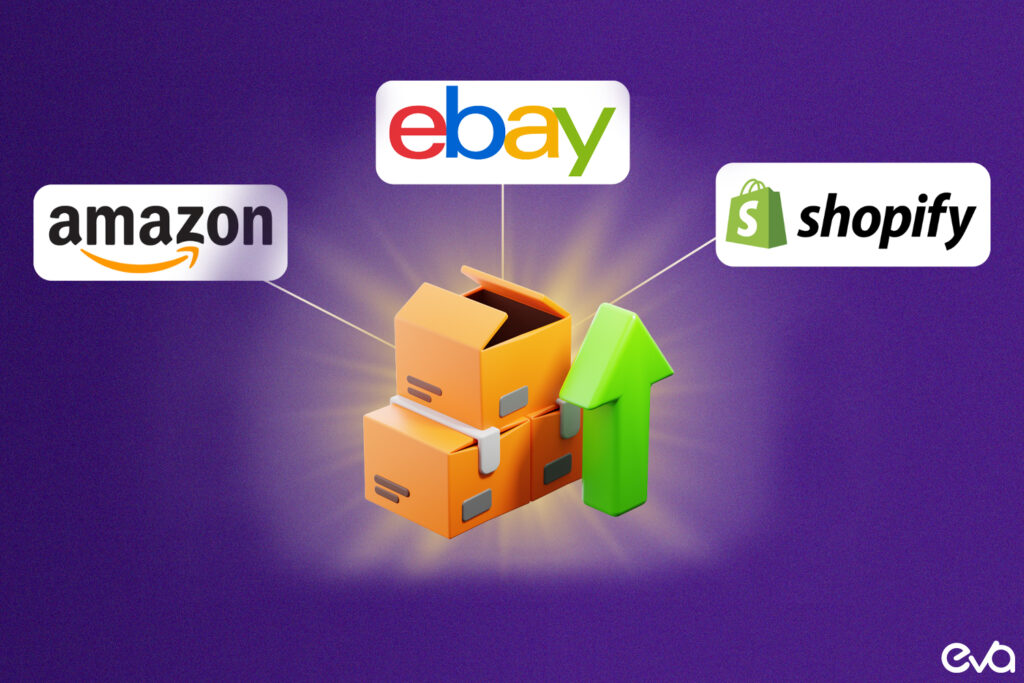
Demand Forecasting: Advanced demand forecasting capabilities are essential for optimizing inventory levels.
The software should utilize historical data, sales trends, and market insights to predict future demand accurately.
Order Management: Efficient order management is crucial for timely fulfillment and customer satisfaction.
The software should consolidate orders from multiple sales channels, automate order processing, and integrate with your shipping carriers.

Reporting and Analytics: Comprehensive reporting and analytics tools provide valuable insights into your inventory performance, sales trends, and profitability.
Look for software that offers customizable reports and dashboards to help you make data-driven decisions.
Multichannel Integration: If you sell on multiple platforms, such as Amazon, eBay, and your e-commerce website, ensure the software seamlessly integrates with all your sales channels, providing a unified view of your inventory.
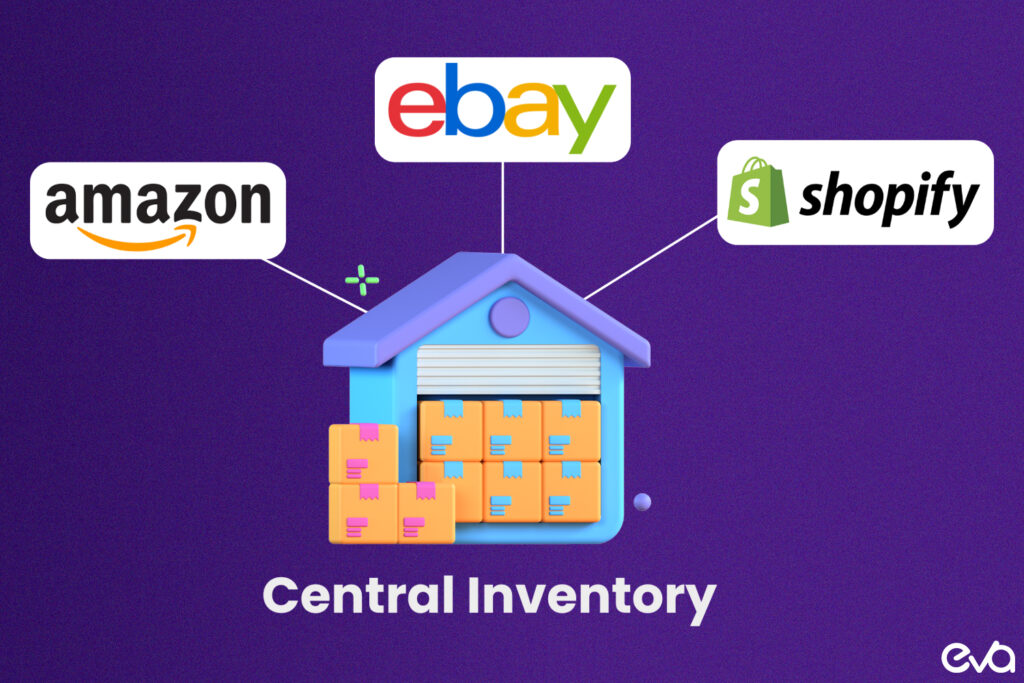
Additional Features to Consider in Inventory Management Software
While the key features mentioned above are essential, there are additional features that can further enhance your inventory management capabilities:
Automated Reordering: Some software offers automated reordering capabilities, which can help you maintain optimal stock levels by automatically placing purchase orders when inventory falls below a predefined threshold.
Barcode Scanning: For sellers with physical warehouses or fulfillment centers, barcode scanning functionality can streamline inventory management processes, reducing the risk of human error and improving efficiency.
Supplier Management: If you work with multiple suppliers, look for software that includes supplier management features, such as tracking lead times, managing purchase orders, and monitoring supplier performance.
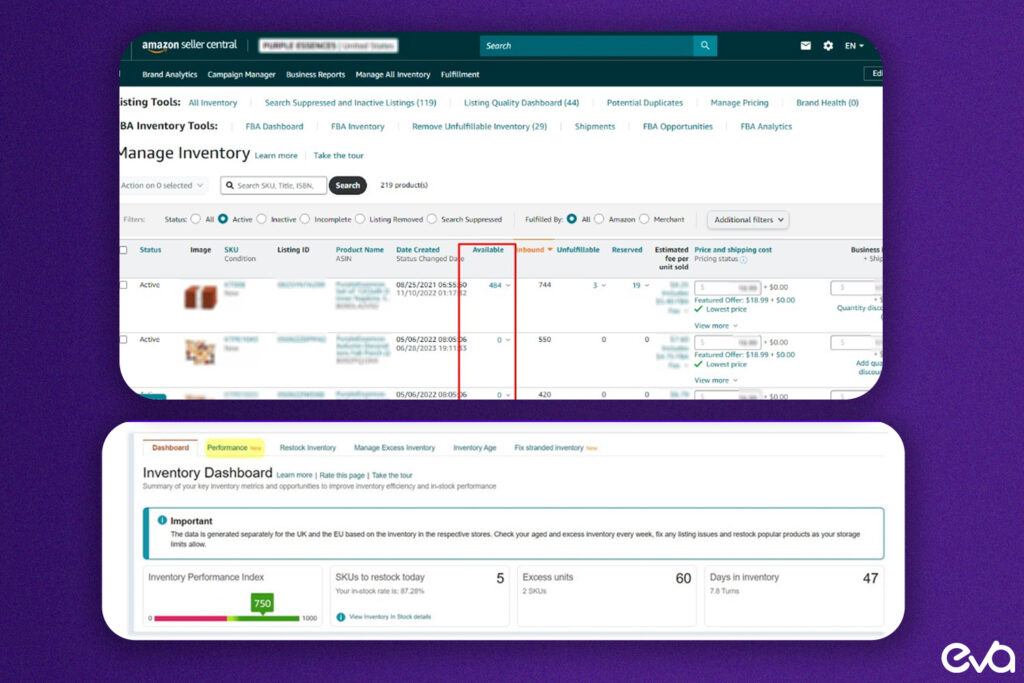
Kitting and Bundling: For sellers who offer product bundles or kits, the software should support kitting and bundling functionalities, allowing you to manage inventory for individual components and assembled products.
Integration with Accounting Software: Seamless integration with your accounting software can simplify financial management by automatically syncing inventory data, sales figures, and other relevant information.
Top-rated inventory management software for Amazon sellers
When choosing the right Amazon inventory management software, several top-rated options are available in the market. Here are some of the most popular choices:
- Sellbrite: Sellbrite is a comprehensive inventory management solution that integrates with various sales channels, including Amazon, eBay, and Walmart. It offers real-time inventory tracking, demand forecasting, order management, and automated reordering features.
- Orderhive: Orderhive is a robust inventory management software for Amazon sellers. It provides real-time inventory updates, automated order routing, and advanced reporting and analytics capabilities.
- Skubana: Skubana is a cloud-based inventory management solution that offers multichannel integration, demand forecasting, and automated order processing. It also includes features such as barcode scanning, kitting, and bundling.
- Stitch Labs: Stitch Labs is a comprehensive inventory management platform that integrates various sales channels, including Amazon, Shopify, and BigCommerce. It offers real-time inventory tracking, automated reordering, and supplier management capabilities.
- Finale Inventory: Finale Inventory is a user-friendly software with real-time inventory tracking, demand forecasting, and order management features. It also offers integration with popular accounting software like QuickBooks.
Benefits of using Inventory Management Software
Implementing an inventory management software solution for your Amazon business can provide numerous benefits, including:
- Improved Efficiency: By automating various inventory management processes, such as order processing, reordering, and demand forecasting, you can significantly improve operational efficiency and reduce the risk of human error.
- Increased Profitability: Optimal inventory levels and accurate demand forecasting can help minimize stockouts and overstocking, reducing carrying costs and maximizing profitability.
- Better Customer Satisfaction: Timely order fulfillment and accurate inventory tracking can enhance customer satisfaction by ensuring that orders are fulfilled promptly and without any issues.
- Scalability: As your Amazon business grows, inventory management software can scale with you, providing the necessary tools and insights to manage larger volumes of inventory and orders effectively.
- Data-Driven Decision Making: With comprehensive reporting and analytics capabilities, inventory management software empowers you to make data-driven decisions based on real-time insights into your inventory performance, sales trends, and profitability.
How to choose the right Inventory Management Software
Selecting the right inventory management software for your Amazon business ensures a seamless and efficient operation. Here are some factors to consider when choosing the best solution:
- Business Size and Complexity: Evaluate the size and complexity of your Amazon business, including the number of sales channels, warehouses, and product lines. Choose software that can accommodate your current and future needs.
- Integration Requirements: Assess the need for integration with other software and tools you use, such as accounting software, shipping carriers, and e-commerce platforms.
- Scalability: Look for software that can scale with your business growth, offering the flexibility to add more users, sales channels, and warehouses as needed.
- Ease of Use: Consider the user-friendliness of the software interface and the learning curve for your team. Look for intuitive software with comprehensive training and support resources.
- Pricing and Budget: Compare pricing plans and features of different software options to find the best value for your budget. Consider upfront and ongoing costs, such as subscription fees and potential add-ons.
- Customer Support: Evaluate the level of customer support provided by the software vendor, including responsiveness, knowledge base resources, and available support channels (e.g., phone, email, chat).
Best practices
To maximize the benefits of your Amazon inventory management software, following best practices is essential. Here are some tips to help you get the most out of your software:
- Accurate Data Entry: Ensure that your product information, inventory levels, and sales data are accurately entered into the software. Only accurate data can lead to correct forecasting and inventory management decisions.
- Regular Monitoring: Regularly monitor your inventory levels, sales trends, and forecasting reports to identify potential issues or opportunities for optimization.
- Set Appropriate Reorder Points: Establish appropriate reorder points for each product based on demand forecasting, lead times, and desired safety stock levels.
- Leverage Automation: Use features like reordering and order routing to streamline your processes and reduce manual effort.
- Integrate with Other Tools: Integrate your inventory management software with other tools and platforms you use, such as accounting software, shipping carriers, and e-commerce platforms, to ensure seamless data flow and efficient operations.
- Provide Training: Ensure that all team members involved in inventory management are adequately trained on the software’s features and best practices.
- Regularly Review and Adjust: Continuously review and adjust your inventory management processes based on changing market conditions, sales trends, or business requirements.
Case studies
To illustrate the benefits of implementing inventory management software, let’s explore some success stories from Amazon sellers who have leveraged these solutions:
- Outdoor Gear Retailer: An outdoor gear retailer selling on Amazon and their e-commerce website implemented Skubana’s inventory management software. This allowed them to streamline their operations, improve inventory visibility across multiple sales channels, and reduce stockouts by 30%.
- Electronics Accessories Seller: An Amazon seller specializing in electronics accessories adopted Sellbrite’s inventory management solution. By leveraging Sellbrite’s demand forecasting capabilities, they optimized their inventory levels, reducing overstocking and increasing profitability by 25%.
- Pet Supplies Vendor: A pet supplies vendor selling on Amazon and various online marketplaces implemented Orderhive’s inventory management software. This enabled them to consolidate orders from multiple channels, automate order processing, and improve fulfillment times, resulting in a 20% increase in customer satisfaction ratings.
- Home Decor Brand: A home decor brand selling on Amazon and their Shopify store integrated Stitch Labs’ inventory management software. This gave them real-time inventory visibility, automated reordering, and supplier management capabilities, leading to a 15% reduction in carrying costs and improved cash flow management.
These success stories demonstrate the transformative power of inventory management software in streamlining operations, optimizing inventory levels, and enhancing profitability for Amazon sellers across various industries.
Integrating inventory management software with other Amazon tools and Services
To maximize the efficiency of your Amazon business, it’s essential to integrate your inventory management software with other Amazon tools and services. Here are some key integrations to consider:
- Amazon Seller Central: Integrate your inventory management software with Amazon Seller Central to ensure seamless product listings, inventory levels, and order data synchronization.
- Amazon Fulfillment by Amazon (FBA): If you utilize Amazon’s FBA service, integrate your inventory management software to streamline sending inventory to Amazon fulfillment centers and tracking stock levels.
- Amazon Advertising: Integrate your inventory management software with Amazon Advertising to optimize your advertising campaigns based on real-time inventory levels and demand forecasting data.
- Amazon Reports: Leverage the integration with Amazon Reports to access comprehensive sales data and performance metrics, which can be used for advanced analytics and decision-making within your inventory management software.
- Amazon Marketplace Web Service (Amazon MWS): Integrate with Amazon MWS to automate various processes, such as updating product listings, managing orders, and retrieving sales reports directly from your inventory management software.
By integrating your inventory management software with these Amazon tools and services, you can create a seamless and efficient ecosystem, streamlining your operations and maximizing the potential of your Amazon business.
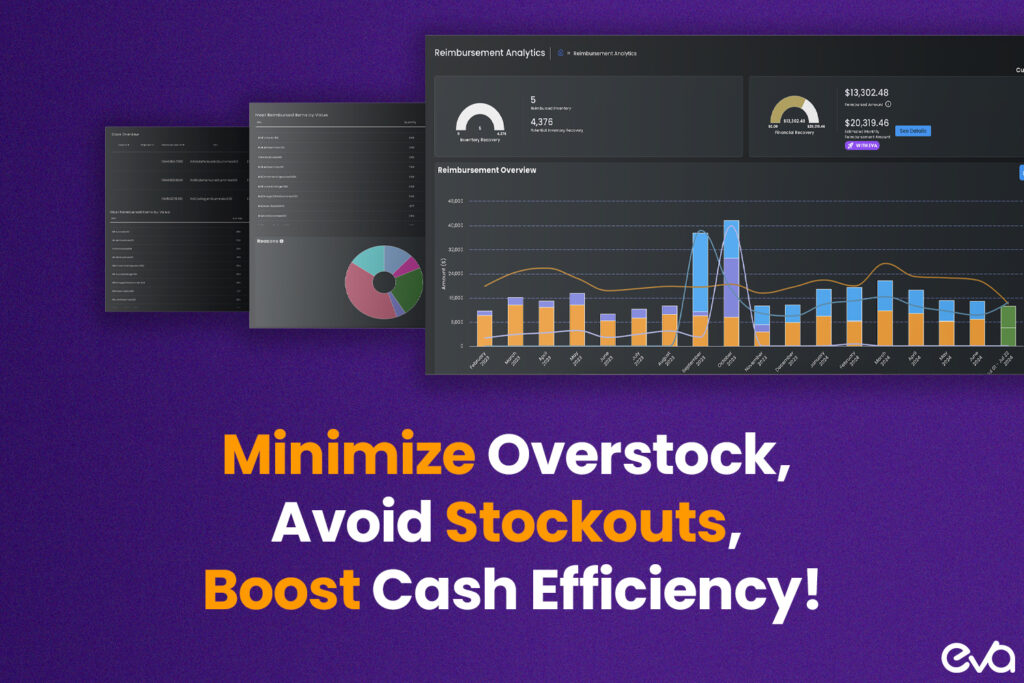
How Eva can Help?
When it comes to optimizing your Amazon business and managing inventory efficiently, there’s no better partner than Eva Commerce.
As a leading eCommerce technology company, Eva is dedicated to helping brands achieve profitable growth on Amazon, Walmart, and other major marketplaces.
What sets Eva apart is its AI-powered platform, which goes beyond basic inventory tracking by integrating inventory levels, conversion rates, and profitability metrics.
This unique feature enables brands to make data-driven decisions that maximize efficiency and ROI.
Eva’s AI platform is context-aware, which means it continuously analyzes real-time data to give actionable insights for your business.
Instead of manually adjusting your campaigns based on rough estimates, Eva’s platform understands the nuances of inventory management, how it impacts sales, and how you can adjust your advertising strategies accordingly.
Key Benefits of Eva’s AI-Powered Platform:
- Integration Across Marketplaces: Eva doesn’t just stop at Amazon. The platform integrates data from Walmart, eBay, Shopify, and more, giving you a unified view of your inventory and profitability metrics across all channels.
- Profitability Focus: With Eva, the focus is on making sure your growth is sustainable. By factoring in inventory, sales trends, and advertising metrics, Eva ensures that your strategies lead to long-term profitability.
- Expert Support: Eva’s team of experts analyzes this data to determine the best actions for your Amazon PPC Management and advertising campaigns, ensuring you’re always maximizing your return on investment (ROI).
- Collaboration with Industry Giants: As an Amazon Advanced Partner and Walmart Strategic Solution Partner, Eva collaborates with platforms like TikTok, eBay, Shopify, Google, Meta, Wayfair, and Faire to help brands create the most effective multimedia marketing strategies.
Whether you’re looking to streamline your inventory processes or optimize your Amazon advertising, Eva’s AI platform helps you stay ahead of the competition and grow your business profitably.
Ready to see how Eva can transform your Amazon business?
Book a free demo today and discover how Eva’s AI-powered platform can help you optimize inventory management, improve advertising performance, and achieve long-term success on Amazon and other marketplaces.
Conclusion
Effective inventory management is crucial for the success of your Amazon business. Implementing the right inventory management software can streamline your operations, optimize inventory levels, and enhance profitability.
When choosing the best solution, consider your business size, integration requirements, scalability, ease of use, and budget.
Remember to follow best practices for using your inventory management software, such as accurate data entry, regular monitoring, and leveraging automation features.
Additionally, integrate your software with other Amazon tools and services to create a seamless and efficient ecosystem.
By leveraging the power of inventory management software, you can stay ahead of the competition, provide exceptional customer service, and drive sustainable growth for your Amazon business.
FAQs
Amazon Inventory Management Software helps sellers track inventory, forecast demand, and streamline order fulfillment across multiple sales channels. It ensures that you have the right amount of stock at the right time, preventing stockouts and overstocking. This software is essential for optimizing efficiency, profitability, and customer satisfaction.
Eva’s AI-powered platform integrates inventory levels, conversion rates, and profitability metrics across multiple marketplaces like Amazon and Walmart. This context-aware platform analyzes real-time data, allowing sellers to make informed, data-driven decisions to optimize stock levels, reduce human error, and increase profitability. Learn more about Eva’s AI capabilities here.
Absolutely. Eva’s AI-powered platform uses historical sales data, trends, and seasonal fluctuations to forecast demand accurately. This feature ensures you avoid costly overstocking or stockouts, allowing you to manage inventory efficiently and improve overall business performance.
Yes, Eva integrates with major eCommerce platforms like Walmart, eBay, Shopify, and more. By using Eva, you can manage inventory seamlessly across all your sales channels, giving you a unified view of stock levels and orders for efficient operations.
Eva’s AI platform goes beyond inventory management by optimizing your Amazon Advertising campaigns. The platform considers real-time inventory data to adjust ads dynamically, ensuring that your budget is spent wisely and driving maximum return on investment. With Eva, you can align your Amazon PPC Management strategies with your inventory levels to avoid overspending on ads for out-of-stock items.
Yes, Eva’s platform focuses on profitability by balancing inventory optimization with advertising strategies. By leveraging its data-driven insights, Eva helps brands minimize unnecessary carrying costs, avoid stockouts, and drive sustainable growth, ensuring you maximize profits on Amazon and other platforms.
Key features include real-time inventory tracking, demand forecasting, automated order management, and multichannel integration. Eva’s AI-powered platform includes all of these features and more, offering a comprehensive solution that also ties in profitability metrics and advertising optimization.
Eva’s platform integrates with all major eCommerce platforms, providing a unified view of your inventory across Amazon, Walmart, Shopify, and others. With centralized inventory tracking, you can easily manage stock levels, orders, and profitability across all your channels without having to rely on multiple systems.
Yes, Eva seamlessly integrates with Amazon FBA, allowing you to track and manage your inventory in Amazon fulfillment centers. Eva’s platform ensures optimal stock levels in FBA, preventing stockouts while avoiding excessive inventory that could lead to higher storage fees.
Eva’s AI-powered platform is the only context-aware advertising and inventory management solution that integrates data across multiple marketplaces, including Amazon. Unlike other tools, Eva not only tracks inventory but also optimizes advertising campaigns and profitability metrics, ensuring your business grows sustainably. With Eva’s expert support and AI-driven insights, you’re equipped to make smarter decisions that maximize efficiency and ROI.






